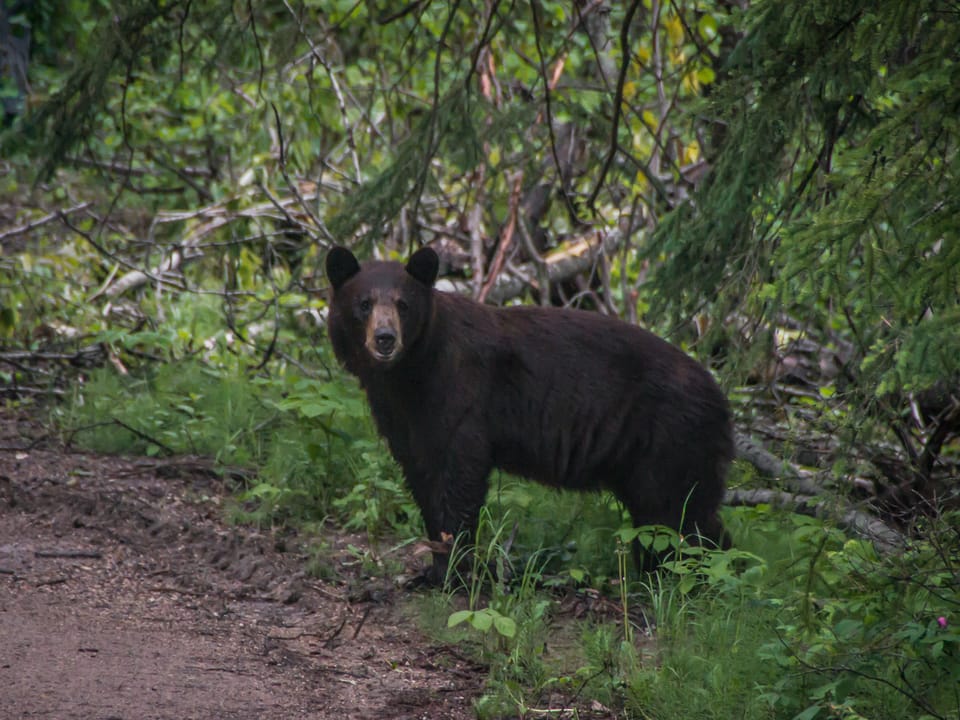Exploring the Senses: Follow that Scent

In An Immense World, Ed Yong points out that “the senses transform the coursing chaos of the world into perceptions and experiences – things we can react to and act upon … They turn stimuli into information.” All animals take advantage of their senses to explore the world around them, but it’s a mistake to assume that other creatures have the same sensory options or that they use them in the same way as humans. Let’s start by looking at the sense of smell.
Smell
“We need to stop asking ‘How good is an animal’s sense of smell?’ Better questions would be ‘How important is smell to that animal?’ and ‘What does it use its sense of smell for?’” (Ed Yong, An Immense World)
Odours are really important to dogs, and they have an amazingly accurate sense of smell. In An Immense World, Ed Yong explains that dogs can tell identical twins apart by smell, detect bombs, drugs, landmines, truffles, invasive weeds, agricultural diseases, bedbugs, oil pipeline leaks, and tumours.
“When a dog sniffs, structures within its nose split that airstream in two. Most of the air heads down into the lungs, but a smaller tributary, which is for smell and smell alone, zooms to the back of the snout … whenever we exhale, we purge the odorants from our noses, causing our experience of smell to strobe and flicker. Dogs, by contrast, get a smoother experience, because odorants that enter their noses tend to stay there, and are merely replenished by every sniff.” [An Immense World]
Is Smell Important?
Yong points out that an elephant’s trunk is constantly in motion, understandably so as the elephant’s sense of smell is the strongest ever identified in a single species and is used to find mates and food, even over long distances. They can even distinguish between different amounts of food in covered buckets.
Butterflies and moths don’t have noses, but that doesn’t stop them from having a keen sense of smell. Thousands of smell and taste receptors are located on their feet, mouthparts, and antennae. Monarch butterflies locate milkweed flowers by combining visual cues of colour and shape with scent. Swallowtail butterflies use their antennae to sniff out plants that will feed their caterpillars and then drum their feet on the flowers for confirmation before laying their eggs.
Bears are often solitary creatures, but they’re never truly alone as their sense of smell keeps them informed of other bears in their vicinity. Smells linger providing a longer lasting connection than either sight or sound. Bears can pick up a great deal of information from scents, including age, sex, and identity.
Further Information
An Immense World, Ed Yong
How animals follow their nose [Knowable]
Photo credit: https://www.flickr.com/photos/apmckinlay/9122994020
EcoFriendly West informs and encourages initiatives that support Western Canada’s natural environment through its online publication and the Nature Companion website/app. Like us on Facebook, follow us on Twitter or Mastodon, or subscribe by email.

Member discussion